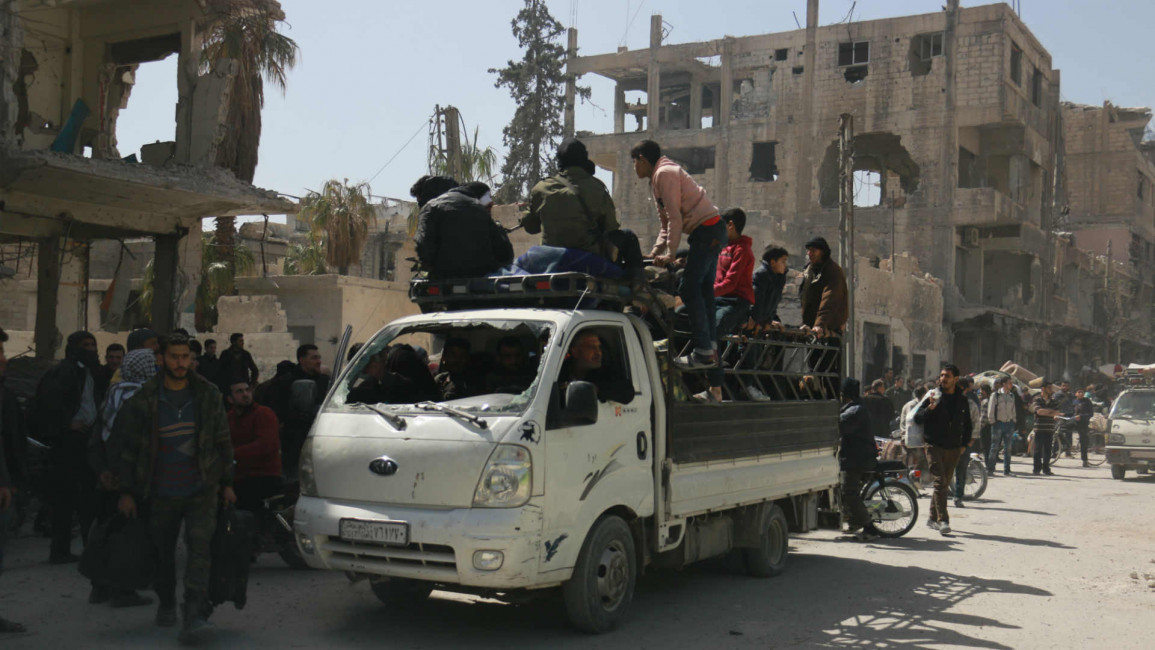
Photoblog: Residents escape Eastern Ghouta
Syrian photojournalist Qusay Noor's photos document the journey from the southern part of Eastern Ghouta, visibly devastated by Syrian President Bashar al-Assad's relentless bombing and shelling campaign, to northwestern Syria as part of the Russian-brokered deal that restores regime control in the last opposition stronghold near the capital.
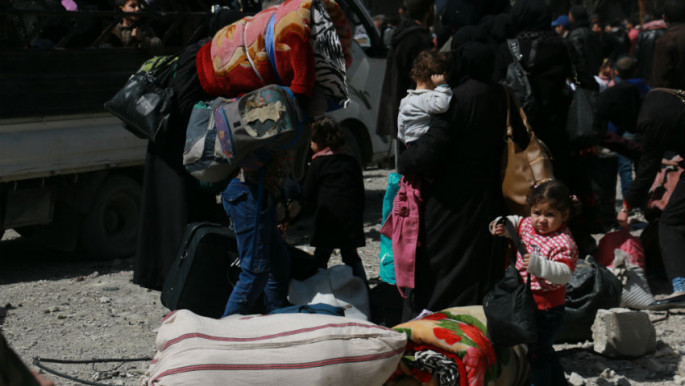 |
|
| [Qusay Noor] |
The evacuations from Eastern Ghouta leave only the besieged town of Douma still under authority of the rebels, who are amid a negotiation process yet unwilling to strike an evacuation deal similar to those seen in the rest of the Damascus suburb.
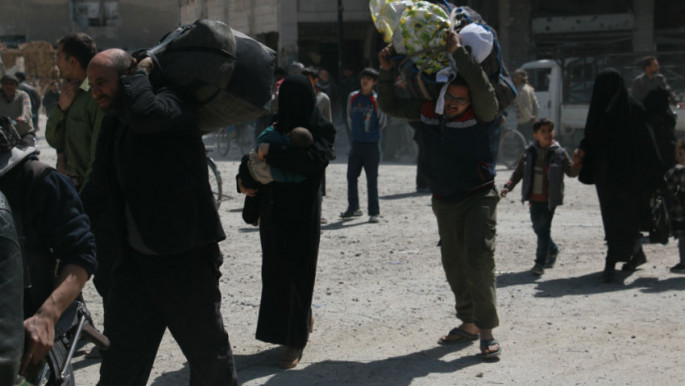 |
|
| [Qusay Noor] |
After imposing a blockade on the enclave in 2013, and escalating the military bombardment since February 18 this year, the Assad regime now controls 90 percent of Eastern Ghouta’s territory, the loss of which was a painful blow to opposition factions.
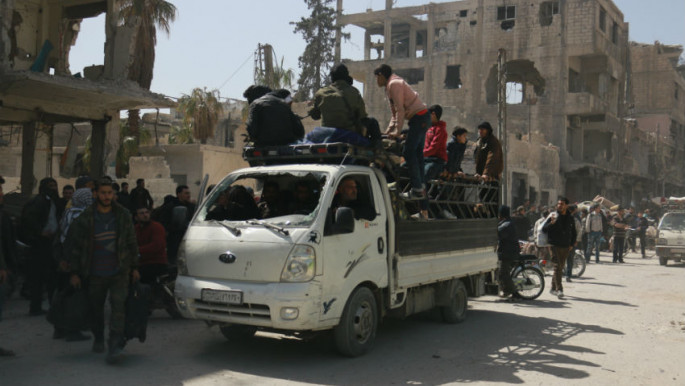 |
|
| [Qusay Noor] |
Russia brokered evacuation deals with rebel groups Ahrar al-Sham in Harasta, and Faylaq al-Rahman in southern Eastern Ghouta, from which fighters and civilians have now been transported to Idlib in northwest Syria.
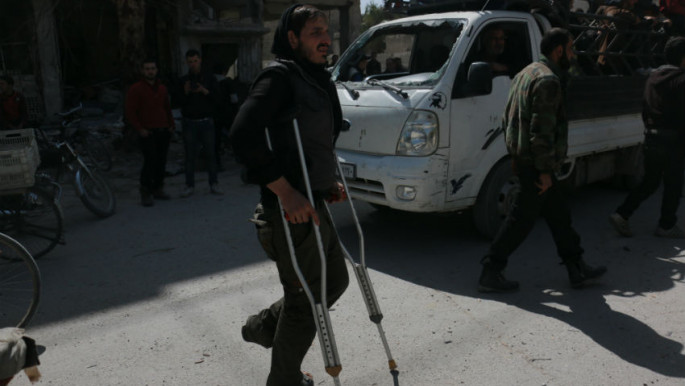 |
|
| [Qusay Noor] |
Negotiations continue in Douma, the stronghold of rebel group Jaish al-Islam, who are now completely surrounded by regime forces who are allegedly planning a major offensive to oust the last opposition fighters from the town.
 |
|
| [Qusay Noor] |
After waiting for several hours at the assembly point in Harasta, the first stop for those leaving the town of Arbin, the 150 buses embarked one after the other on their journey to Idlib.
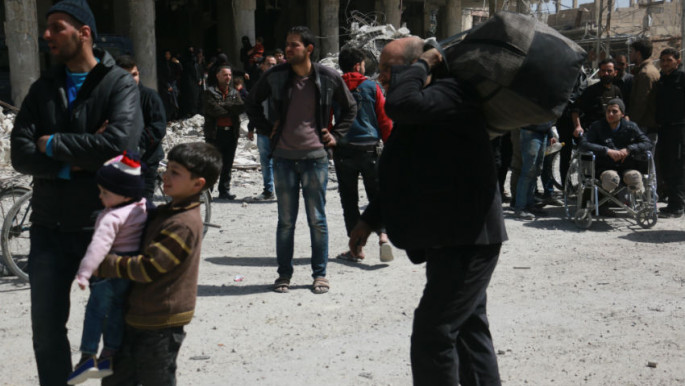 |
|
| [Qusay Noor] |
The regime began its chokehold of Eastern Ghouta on February 18, sealing it off from receiving aid and bombarding it with shelling and bombing, including napalm bombs, white phosphorus and chlorine.
 |
|
| [Qusay Noor] |
Regime forces subsequently managed to divide into three sections, giving rebels no choice but to negotiate evacuation deals.
 |
|
| [Qusay Noor] |
During the siege more than 1,630 civilians were killed, including at least 330 children. Eastern Ghouta's residents were forced to live in poorly ventilated underground shelters without sufficient food, water or medical supplies.
 |
|
| [Qusay Noor] |
Buses are subject to an inspection before they leave Harasta escorted to their destination by Russian soldiers.
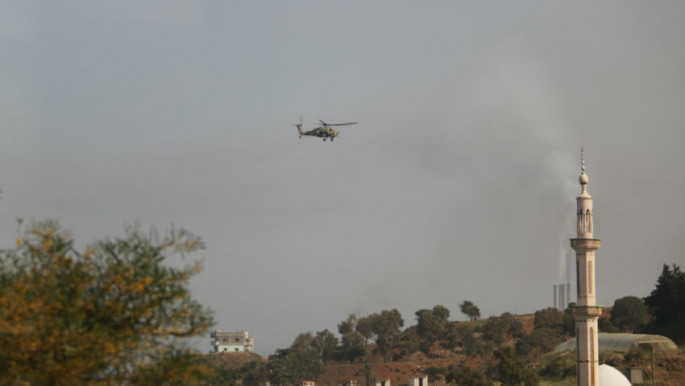 |
|
| [Qusay Noor] |
Russian helicopters escort and monitor the bus convoy for the entire journey across Syria.
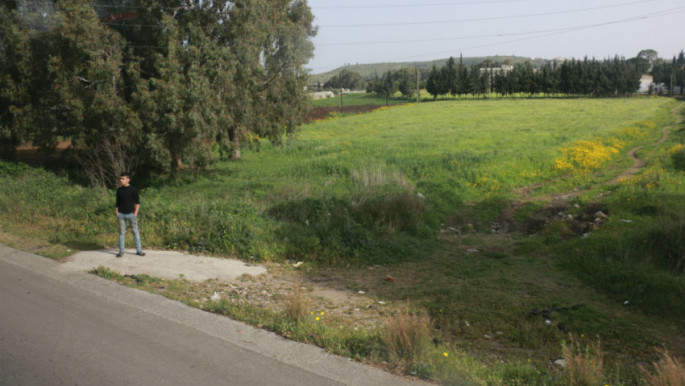 |
|
| [Qusay Noor] |
People look on as the bus convoy makes its way across the Syrian countryside.
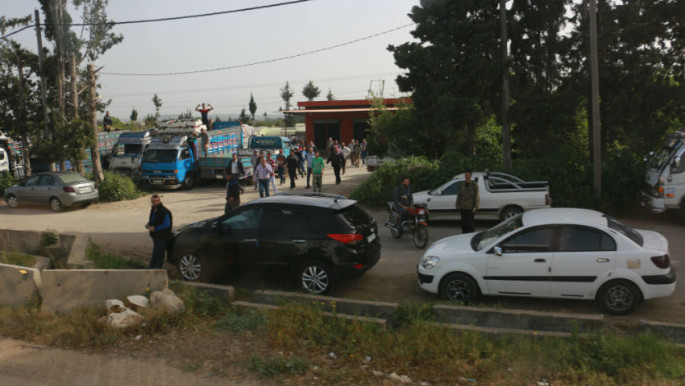 |
|
| [Qusay Noor] |
As per the agreement reached by Faylaq al-Rahman following Russian-brokered negotiations, some 7,000 people from Zamalka, Arbeen, Ain Terma and Jobar were set to be evacuated on Friday and Saturday.
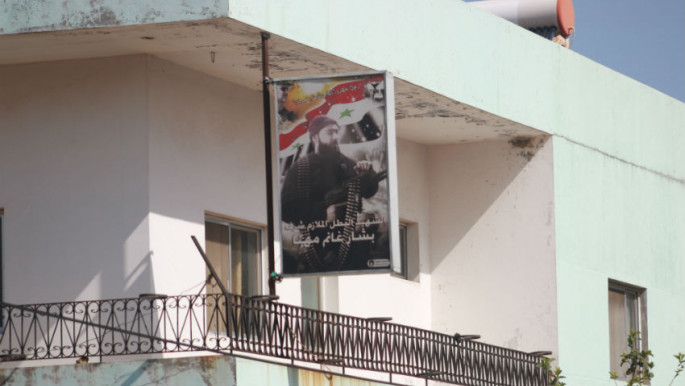 |
|
| [Qusay Noor] |
Buses crossed back into the opposition-held areas in Idlib, northern Syria.
 |
|
| [Qusay Noor] |
Despite Russia's efforts to be seen as somewhat of a "peace-broker" role, Idlib has been subject to numerous Russian strikes resulting in copious death and destruction.
Russia is also heavily involved in the siege on Eastern Ghouta, one of the deadliest points of the eight-year-long Syrian Civil War.
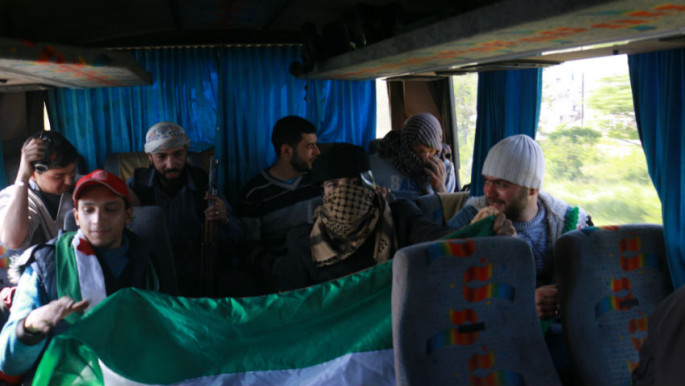 |
|
| [Qusay Noor] |
The Syrian conflict began when the Baath regime, in power since 1963 and led by President Bashar al-Assad, responded with military force to peaceful protests demanding democratic reforms during the Arab Spring wave of uprisings, triggering an armed rebellion fuelled by mass defections from the Syrian army.
According to independent monitors, hundreds of thousands of civilians have been killed in the war, mostly by the regime and its powerful allies, and millions have been displaced both inside and outside of Syria. The brutal tactics pursued mainly by the regime, which have included the use of chemical weapons, sieges, mass executions and torture against civilians have led to war crimes investigations.
Qusay Noor is a journalist and photographer from Eastern Ghouta in Syria.
Follow him on Twitter: @QUSAY_NOOR_
